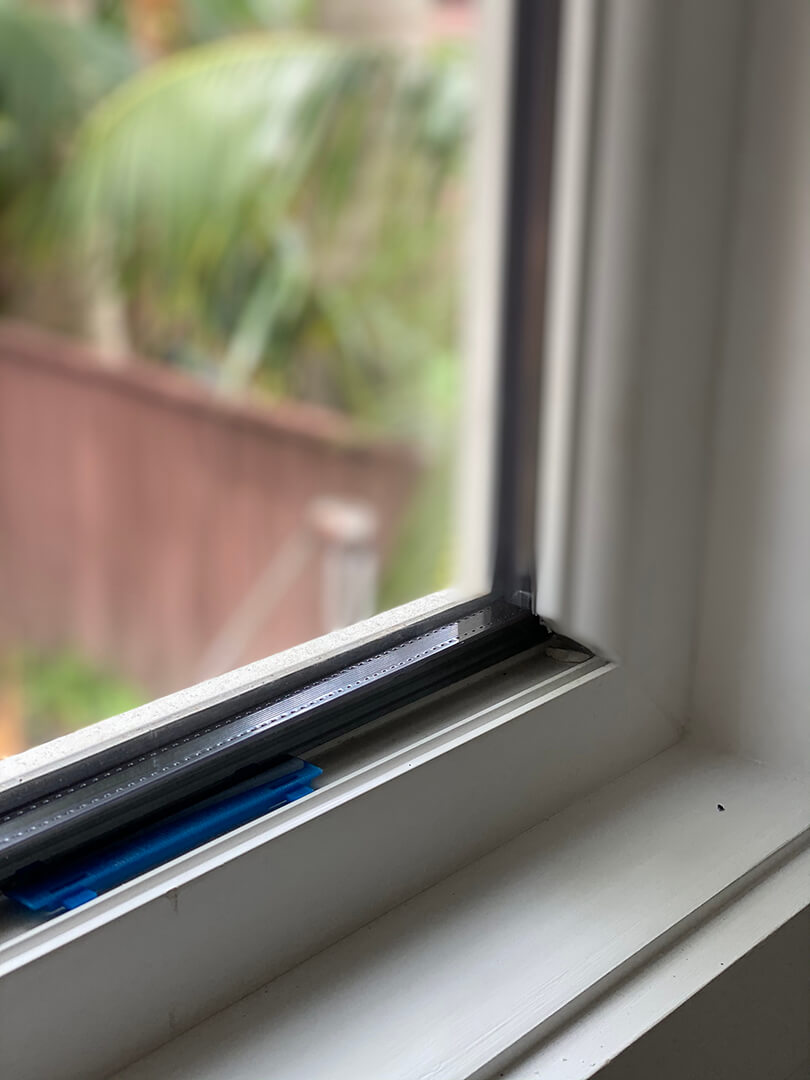All Categories
Featured
Table of Contents
Guide To Double Glazing – Functional And Energy Efficient in Myaree WA
Glazing merely suggests the windows in your house, consisting of both openable and set windows, as well as doors with glass and skylights. Glazing really just indicates the glass part, however it is typically utilized to refer to all aspects of an assembly including glass, movies, frames and furnishings. Taking note of all of these aspects will assist you to accomplish efficient passive style.

Energy-efficient glazing makes your home more comfy and drastically reduces your energy expenses. However, improper or inadequately developed glazing can be a major source of unwanted heat gain in summertime and substantial heat loss and condensation in winter. Approximately 87% of a home's heating energy can be gotten and up to 40% lost through windows.
What Is The Best Glazing For My Home? - Part 2 in Mt Helena WA
Glazing is a significant investment in the quality of your house. An initial investment in energy-efficient windows, skylights and doors can greatly minimize your annual heating and cooling bill.

This tool compares window selections to a base level aluminium window with 3mm clear glass. Comprehending a few of the crucial properties of glass will assist you to select the best glazing for your home. Secret residential or commercial properties of glass Source: Adapted from the Australian Window Association The quantity of light that goes through the glazing is referred to as noticeable light transmittance (VLT) or noticeable transmittance (VT).
Diy Double Glaze in Huntingdale WA
The U worth for windows (expressed as Uw), describes the conduction of the whole window (glass and frame together). The lower the U value, the higher a window's resistance to heat circulation and the better its insulating value.
If your house has 70m2 of glazing with aluminium frames and clear glass with a U value of 6. 2W/m2 C, on a winter season's night when it is 15C chillier outside compared with inside, the heat loss through the windows would be: 6. 2 15 70 = 6510W That is equivalent to the total heat output of a big room gas heater or a 6.
Windows Of Opportunity: Your Guide To High-performance ... in Rivervale Western Australia

If you select a window with half the U value (3. 1W/m2 C) (for example, double glazing with an argon-filled space and less-conductive frames), you can cut in half the heat loss: 3. 1 15 70 = 3255W The solar heat gain coefficient (SHGC) for windows (expressed as SHGCw) measures how easily heat from direct sunlight flows through an entire window (glass and frame together).
The lower a window's SHGC, the less solar heat it transmits to your house interior. Glazing makers state an SHGC for each window type and style. However, the real SHGC for windows is affected by the angle that solar radiation strikes the glass. This is referred to as the angle of occurrence.
How Are Double Glazed Windows More Energy Efficient? in Hovea Western Australia
When the sun is perpendicular (at 90) to the glass, it has an angle of incidence of 0 and the window will experience the optimum possible solar heat gain. The SHGC declared by glazing producers is constantly determined as having a 0 angle of occurrence. As the angle increases, more solar radiation is shown, and less is transmitted.
Latest Posts
Double Glazed Windows in West Leederville Perth
Double Glazed Windows Melbourne in Medina Western Australia
Double Glazing Companies Near Me Reviewed 2023 in Huntingdale WA